Cloudfone has made 18:9 displays more affordable with the introduction of the Thrill Boost 3, sporting entry-level hardware for just three thousand. Here’s our full review of the device.


Inside the standard retail box are the usual components of Cloudfone’s packages — there’s the device and its removable battery, Spotify-branded earphones and extra earbuds, a microUSB cord, a wall charger adapter, a few standard papers for warranty and manual, a glossy screen protector film, and a clear case.
Table of Contents
Design and Construction
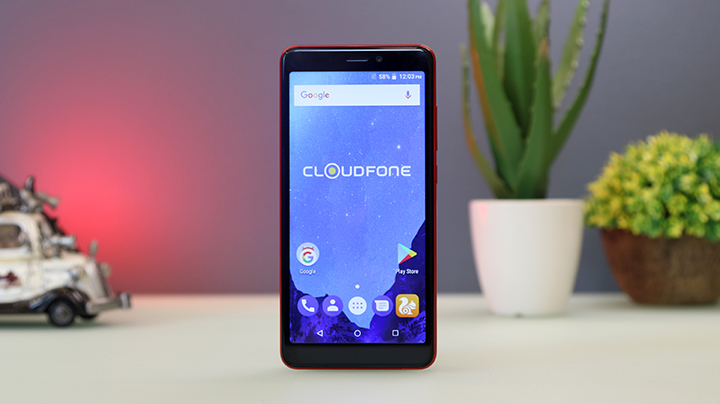
At the front of the device along with the display is the 5-megapixel front camera with its dedicated LED Flash, the notification light, and a couple of sensors, under 2.5D glass. The Thrill Boost 3 does sport a taller 18:9 aspect ratio display in front, but is surrounded by more bezels compared to other full screen devices. The keys are all on the display, and the top and bottom bezels provide a better grip when gaming in landscape orientation.


The right side of the device has the volume rocker and the power/lock button, while the 3.5mm audio port and the microUSB slot are located at the top. The microphone is noticed via a punctured hole at the bottom part, while the left side is left free from any detail.

A five-megapixel rear camera and a dedicated LED flash are seen at the top-back part when you turn the device around. There’s also the speaker grille for the mono loudspeaker and two horizontal lines that were supposed to mimic those from the brand’s higher-end devices for a better signal reception but is just purely aesthetic in this case. The polycarbonate shell is made of a red metallic finish that attracts fingerprint smudges and grime from time to time. We would’ve preferred the black variant instead, but that one too doesn’t repel smears that much.

Pry the polycarbonate shell open, and you can view dedicated slots for two micro-SIM cards and a microSD card, as well as the area for the slot for the removable 2500mAh battery.
The device is still manageable to hold given the bit of heft it possesses compared to other phones. It’s also surprisingly suitable for one-hand operation despite the 71% screen to body ratio and knowing how 18:9 phones nowadays have areas that are harder to reach due to a taller height.
Display and Multimedia
The Thrill Boost 3’s 5.45-inch IPS display with an 18:9 display aspect ratio has a 960 x 480 pixel resolution. The 197 pixel-per-inch density may sound like a let-down, but the resolution seems to be decent for the naked eye as we did not have a hard time reading text and seeing details in the phone itself — the colors are well-produced, the viewing angles are good, and the contrast seems to be decent. One thing we had a hard time, though, is the brightness as it’s not bright enough to be seen under the sun. The lowest light setting is good enough for bedtime reading, and you may need to download your favorite screen filter app as this does not come with such.

Multimedia isn’t that much to look forward to if you’re one who wants to view content on full screen. Since the device offers a different aspect ratio, the videos played are either surrounded with a black letterbox on both sides, or have the option to be stretched to fit the whole display. Nonetheless, the default player plays a lot of commonly used file formats and is a joy to use with dedicated gesture controls.
Music, on the other hand, is decent at its best as the loudspeaker has muffled highs and drowning lows, averaging 69db and peaking at 78db when we tested an audio clip with no available sound enhancements onboard. The included Spotify earphones are also okay for casual listening, but we still recommend to download a music player with a dedicated equalizer and listen to music with your favorite ear gear.
Camera
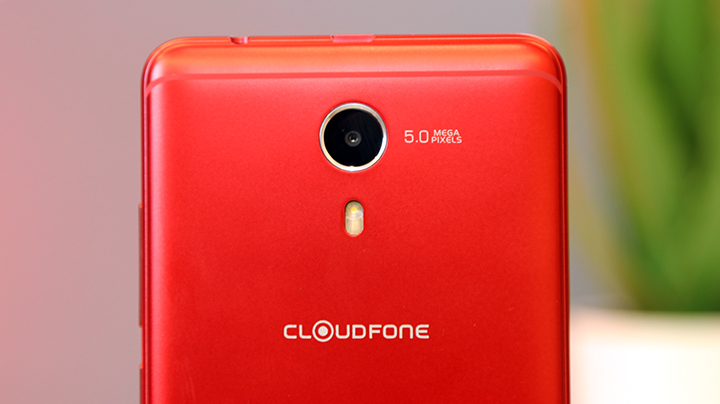
The Thrill Boost 3 takes pride of two 5-megapixel cameras, both with their dedicated LED Flash. Both cameras offer portrait and beauty modes, the front has a scene frame mode that lets you choose to insert your shot in a given template, while the rear offers a professional mode that lets you toggle settings manually and a night mode that brightens low-light scenarios.
When tested, both sides of the camera offer rather dull hues than you’d see in real life, which seems to be the common denominator for entry-level device cameras. Sharpness is also of concern as some minor details cannot be seen with the shot taken. The digital blur made by the portrait mode is quickly produced and decent. Both cameras, though, are fixed-focused and cannot be readjusted to the area of your liking, so you’d have to snap the subject further to get clearer detail. Here are some sample shots:
Likewise, the video does not have much to offer besides the fact that it can record up to 1080p Full HD. Here’s a sample clip.
OS, UI, and Apps
Android Nougat runs the show, and the operating system is as vanilla as it is, save for some additional software enhancements onboard: there’s an option to launch applications based on given gestures, smart actions (double tap to wake/lock and more), and protected apps. One thing we didn’t like are the initial Cloudfone Care ads that encourages us to sign up for Uber using a given code, as well as other services like ‘PlayPaMoreNow’ that appear on the notifications panel from time to time.
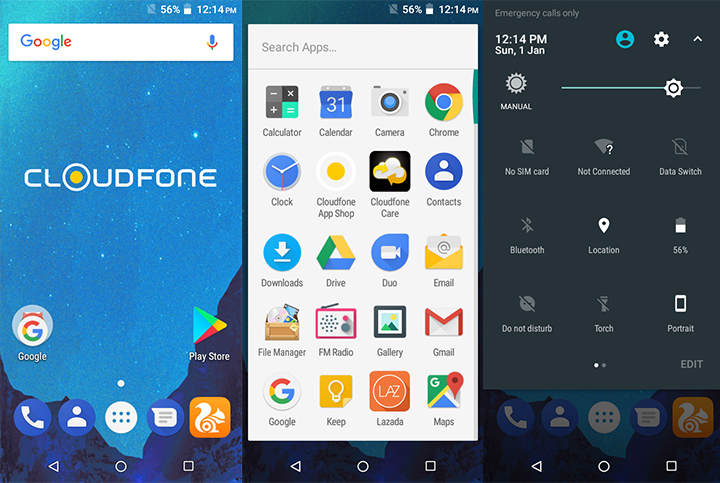
There are several preinstalled apps that consume much of the 8GB internal storage such as Lazada and Xender, as well as those that automatically download once connected to the internet such as Final Fantasy XV: A New Empire, Legacy, and Onavo Protect. With all that users are left with 3.73GB. Luckily, these can be uninstalled at a given time. There’s a dedicated microSD card for extra storage, and we’re always thankful for that.
Performance and Benchmarks
Armed with a quad-core MediaTek chip and 1GB of RAM, the Thrill Boost 3 does perform well when doing basic phone functions but does have a bit of problem when using online apps such as those from Facebook. The measly memory proved that background apps could slow down the device. We recommend using lite versions of your favorite social media apps to save storage and memory space. Heat can be noticeable at the upper-back part even from the most basic of tasks such as browsing web pages over Google Chrome via WiFi or keeping your camera app open for more than two minutes.

As with gaming, the device does have some limitations given the nature of the quad-core chip coupled by a small RAM allocation. Casual games like Zombie Tsunami suffer from slowdowns and several hiccups along the way. Here are some benchmarks we took:
AnTuTu – 19,793
GeekBench – 548 (Renderscript)
PCMark – 3,115 (Work 1.0)
3DMark – 1,945 (Ice Storm Extreme)
Call Quality, Connectivity, and Battery Life
Call quality on the Thrill Boost 3 is decent as the call speaker grille can provide decent audio loudness that can be heard in most environments, while the microphone records audibly. Connectivity options are also good — the WiFi connects well to several routers we’ve tested, Bluetooth paired and worked well with most of our wireless audio gear, and the 3G mobile connectivity is decent at its best, provided you get yourself a place with a strong signal.

You’ll need a power bank on standby as this device doesn’t last that much with its 2,500mAh battery. We’ve had around 12 hours of mixed device use — basic phone functions such as calls and texts, mobile internet via 3G, playing games, and social media browsing through WiFi — and it’s noticeable that the battery decreases by increments every hour even when on standby. As checked with our standard battery tests, the Thrill Boost 3 had a 6 hours and 35 minutes score on PCMark’s Battery test, while a video loop lasted at 6 hours and 26 minutes.
Conclusion
Cloudfone strives to bring something different on the table with every release, and this was just proved with the Thrill Boost 3 as it’s the first budget device sold locally that sports the newest 18:9 display aspect ratio, a trend among mid-range and flagship level devices. With a Php2,999 price, you’d get the most out of your buck as you get to have a finely-crafted device that offers Android Nougat and decent cameras.

With that being said, there are corners that had to be cut to make the Php3k mark: the fixed-focus cameras are quite a nuisance to use given that most phones are now using autofocus modules, and the phone heats up even at the simplest of tasks. Add the fact that the device has a few annoying ads the first time you connect the device via WiFi, and the phone limits how you wanted to do more with the available hardware. Up a thousand higher is the Cherry Mobile Flare S6 with better hardware, a fingerprint scanner, and better app and battery management, but lacks the 18:9 display.
Despite the imperfections, would I buy one for myself? I definitely would. It’s a device that I can recommend as a backup, and it can be someone’s first Android device if they’re just starting to use a smartphone.
Cloudfone Thrill Boost 3 specs:
5.45-inch FWVGA+ IPS display @ 960 x 480 px, 197 ppi
2.5 curved glass
1.3GHz quad-core MediaTek MT6580M chip
Mali-400 GPU
1GB LPDDR2 RAM
8GB internal storage
expandable via microSD card up to 64GB
5MP FF rear camera with LED Flash
5MP AF front camera with LED Flash
3G HSPA+
Dual SIM (micro), Dual standby
WiFi b/g/n
Bluetooth 4.0
GPS, A-GPS
Android 7 Nougat
2500mAh battery (removable)
148.8 mm x 71.8 mm x 8.96 mm
175g
What we liked about it:
- Affordable 18:9 display phone
- stock Android Nougat
- Good build
What we didn’t like about it:
- Fixed-focus cameras
- Phone heating even at the simplest of tasks
- Cloudfone Ads on initial internet connection





















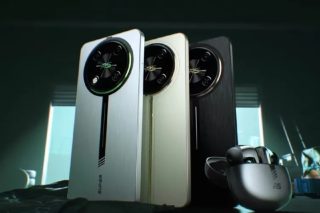














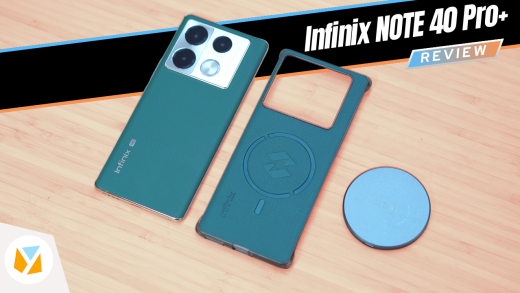
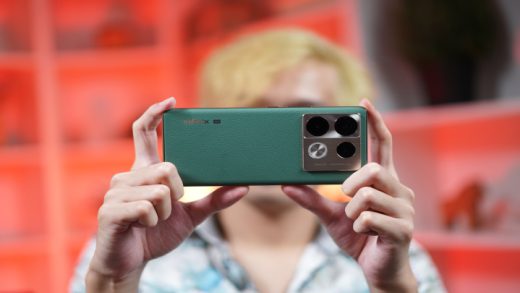
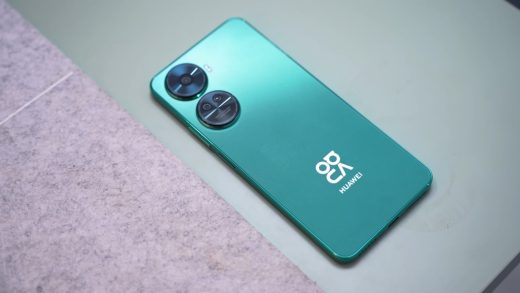

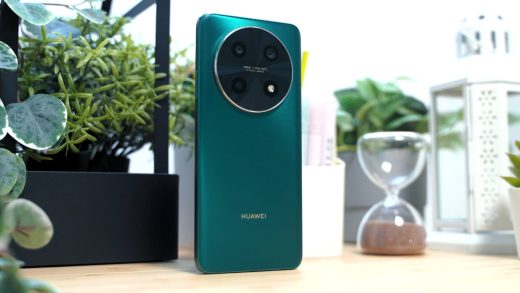





Wala bang Flash ROM File?